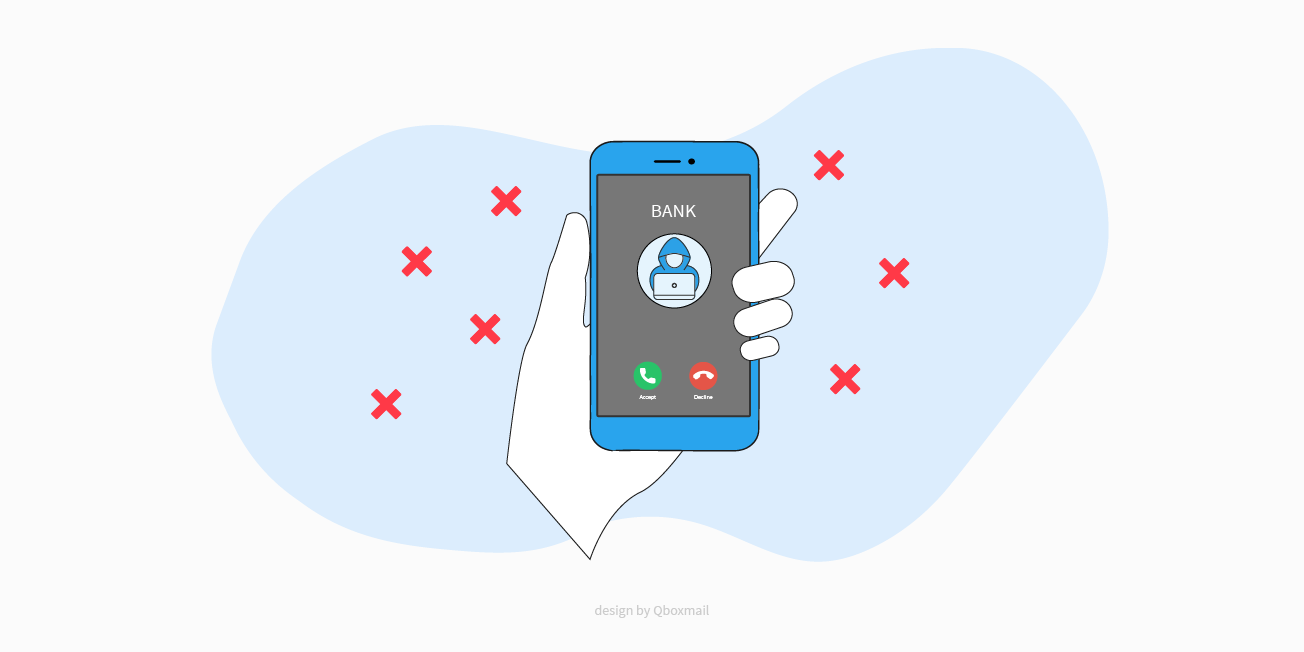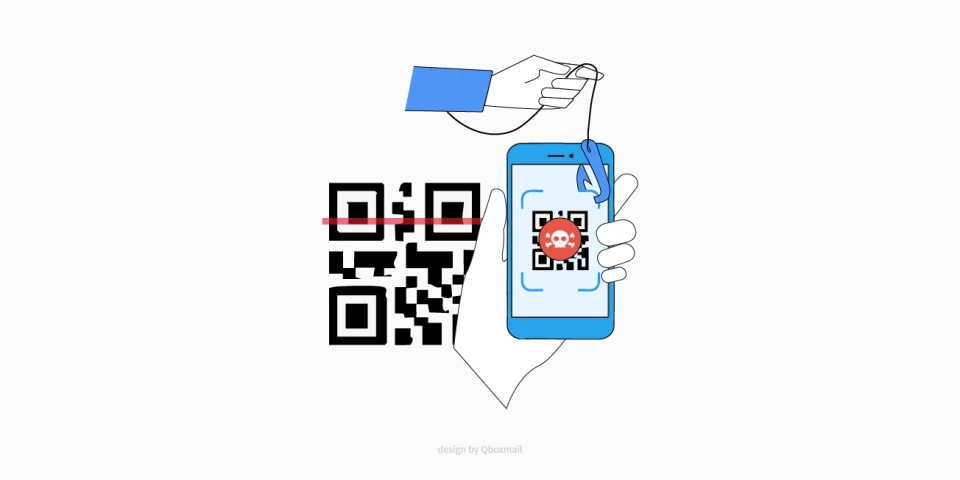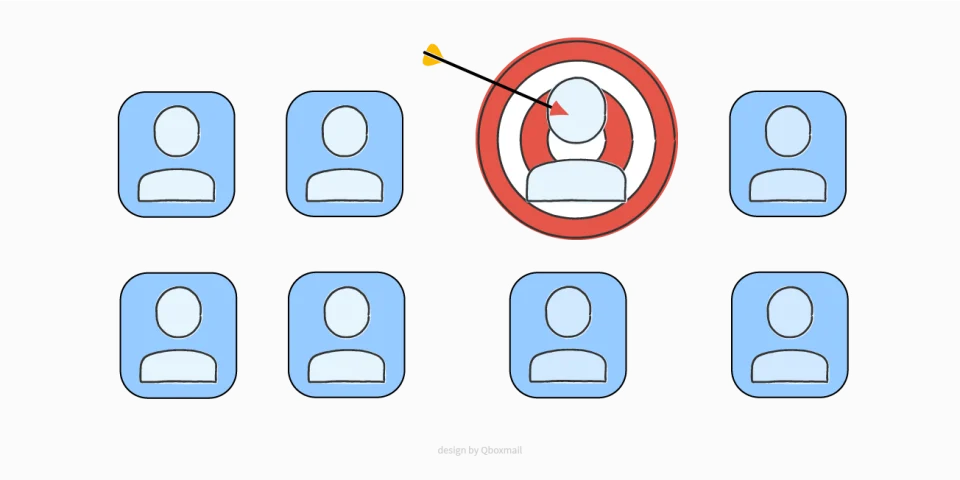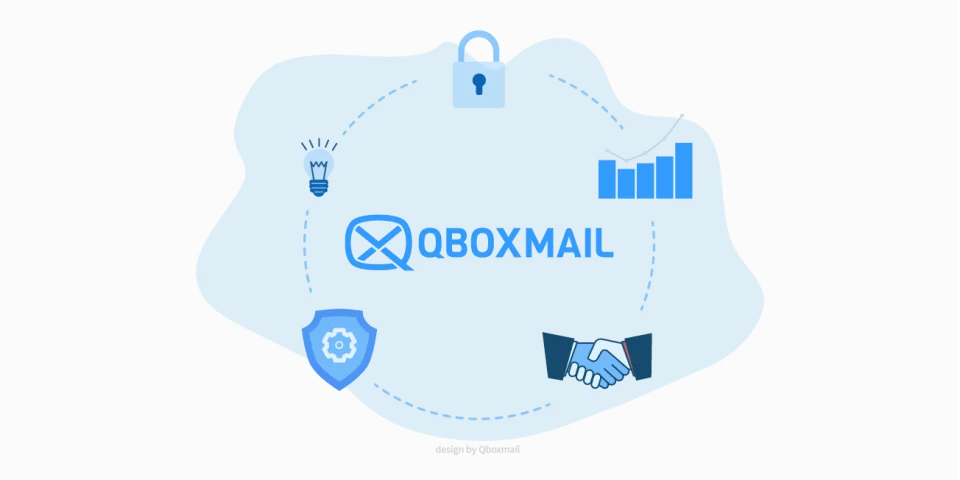Vishing attacks: how to spot and prevent phone scams

What is Vishing
Vishing is a type of phone scam that uses voice calls to obtain confidential information. The term comes from “voice phishing” and refers to an attack that manipulates people through conversation.
Unlike phishing via EMAIL or SMS, vishing relies on direct interaction. This makes the deception more convincing and creates a sense of urgency that pushes the victim to reveal sensitive details such as credentials, OTP codes or banking information.
How Fraudsters Operate
Attackers introduce themselves as trusted figures such as bank representatives or IT technicians. They use persuasive tones to create alarm and convince the victim to act immediately.
A recurring element is caller ID spoofing, a technique that falsifies the phone number displayed on the screen. The call therefore appears to come from a reliable source such as a bank or the victim’s company. From that moment, stealing data becomes straightforward.
Common Vishing Cases
Voice scams have become increasingly sophisticated. Criminals use technical language, real numbers and a convincing tone to gain trust. The two most common types are the following.
Banking Scams
A fake operator calls the customer pretending to work in the bank’s anti-fraud department. With a worried tone, they report “suspicious transactions” and request immediate verification. Fearing theft, the victim provides credentials or OTP codes generated in real time.
The call looks genuine because the number on the display matches the real bank number. This happens through caller ID spoofing, a falsification that deceives even careful users. In some cases, the attacker follows up with a fake confirmation EMAIL designed to reinforce the story. This combination of voice and EMAIL forms a hybrid attack, where different channels work together to gain access to accounts.
Fake IT Helpdesk Calls
This scheme is common in corporate environments. The attacker pretends to be an internal technician or an IT partner and reports an “urgent issue” with the company’s email system or employee profile.
Under the pretext of solving the problem, they ask the victim to install remote assistance software, share the password of the corporate account, or provide authentication codes. Once inside, the attacker can install malware, intercept internal communications or steal customer data.
These incidents show how easily social engineering exploits trust and urgency in fast-paced work environments where people act quickly to avoid interruptions.
Combined Attacks
Vishing rarely acts alone. It often links to phishing or smishing campaigns to make the deception more credible. In these cases, the voice call is the final step of a broader plan. It confirms information that the victim has already received via EMAIL or SMS.
A common example involves a fake alert about unusual account access. The victim receives an EMAIL that appears to come from a bank or IT department, and a few minutes later, a call from an “operator” asking to verify the data. The sequence lowers suspicion and encourages cooperation.
This coordinated approach, known as a multichannel attack, exploits a common organisational weakness: fragmented communication. When IT focuses only on technical infrastructure and training remains separate, attackers find space to act.
To counter these threats, organisations need genuine integration between technology and behaviour.
An advanced email security system filters malicious messages and blocks dangerous links or attachments, while continuous training helps employees recognise manipulative requests before they escalate.
How to Defend Yourself from Vishing
Vishing succeeds because the call sounds legitimate.
The number appears correct, the voice is calm and confident, and the information fits the context. Everything seems to come from a trusted source, whether it’s a bank, provider or IT department.
Relying on instinct is not enough. Protection requires clear rules and consistent behaviour.
1. Do not share information immediately
Any request for credentials, OTP codes or confidential data should trigger an alert. No legitimate organisation asks for them by phone. The right reaction is to stop the conversation and end the call.
2. Verify through official channels
Since caller ID can be falsified, calling back the same number can connect you again to the scammers. It’s safer to look up the official number of the organisation or department on its website, in your contract or through a search engine. Only then can you confirm whether the alert was genuine.
3. Involve your IT team immediately
Within a company, every incident should be reported straight away to IT or security. Include the time, phone number, name used by the caller and a short summary of the request. A timely report allows the team to block ongoing attempts, update policies and inform other employees.
4. Take corrective action
If you shared any sensitive information, change your credentials immediately, revoke active sessions and check for unusual access. In the case of banking data, contact your bank to freeze or monitor transactions.


